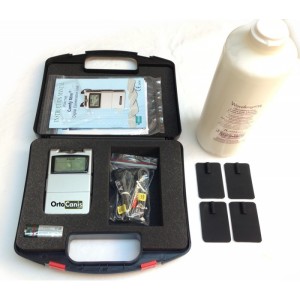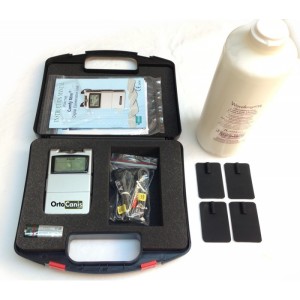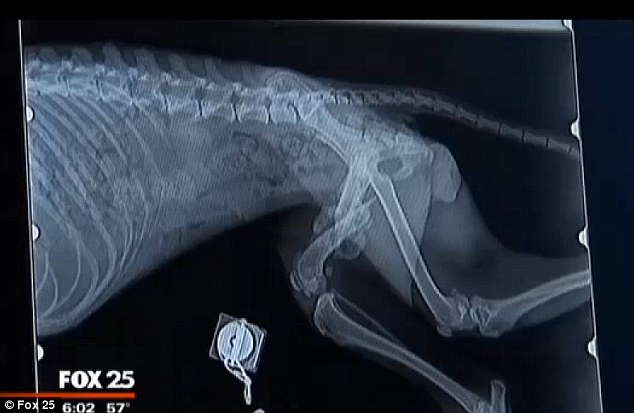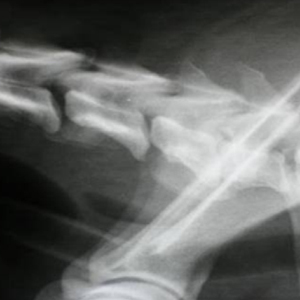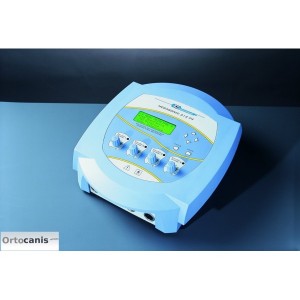TENS is the acronym for (Transcutaneous electrical nerve stimulation), which stands for transcutaneous electrical stimulation. It is the most used electric current in analgesia for its safety, its comfort for the patient and its excellent results.
For its correct application we must take into account the following parameters: From 3-4Hz (up to 10) and high amplitude 250μs or more we will act on the stimulation of the secretion of endorphins.
The device should work between 25 and 30 minutes at a very high intensity, we must clearly see the muscle contractions. The effect can reach up to 24 hours. From 10-20Hz and an approximate amplitude of 250μs we will be generating a muscle recreation, increase in muscle trophism.
We would work about 15-20 minutes at a medium intensity, seeing some muscle contraction.
Between 80 and 100Hz and an amplitude of 100-150μs we would be working in the ideal way to treat localized pain in a knee, elbow, etc … it is what we call “conventional TENS”. In this case and to do local “sedation” we must work at least 20 minutes and we can leave the Tens up to a few hours. The intensity is low, without fasciculations or contractions in the skin and the effect is short from the end of the application.
We must monitor “the habit”, regularly raise the intensity or slightly modify the amplitude without leaving the parameters. There are devices that allow an amplitude modulation that decreases the habit.
To treat according to the “localized pain” we have placed the electrodes in the area of pain regardless of the tissue that is under the electrodes, on the contrary to treat dogs looking for the effect of “stimulation of endorphins” we must put them on beams of large muscle groups since we will stimulate the musculature looking for the contraction of this and it will be much more comfortable and effective if we do it on a large muscle beam.
When we must achieve muscle contractions we will place an electrode proximally and another distal, but within the muscle group we want to treat. Do not put the “positive” Red and the “negative” Black always in the same location, but symmetrical and never crossed. For use in dogs we recommend rubber electrodes and contact gel, since silicone electrodes, widely used in humans, will lose their adhesive capacity and part of the conductivity very quickly.
There are complete packs on the market to perform electrostimulation in dogs.

